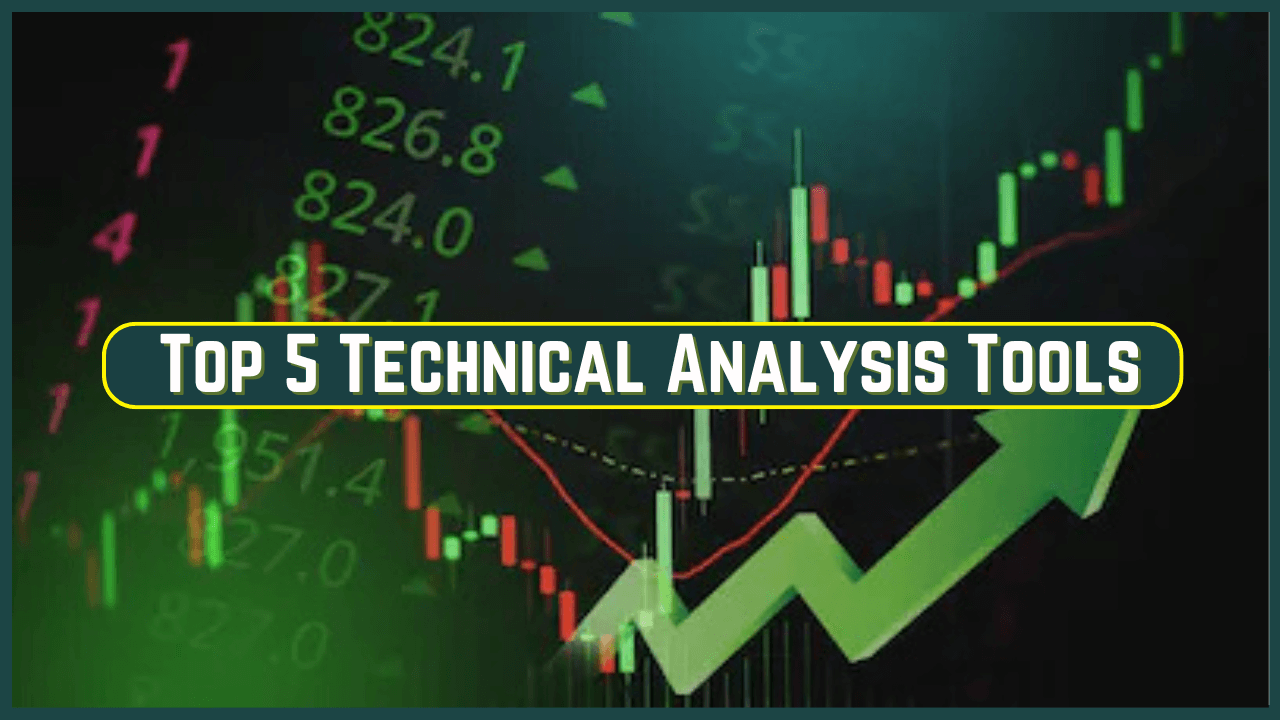Commodity swaps are fast-growing financial instruments within the commodities market, providing a versatile means for companies and investors to manage price risk. Whether you’re an investor seeking alternative asset classes or a trader wanting to hedge price risks, commodity swaps are something you need to understand to make well-informed decisions. In this guide, we will discuss what a commodity swap is, how it operates, its advantages, and the risks that you must understand.
Price risk is a perennial issue in turbulent commodity markets. Commodity swaps offer an organized method to mitigate this risk by exchanging cash flows on commodity prices. They are extensively employed by industrial manufacturers, consumers, and financial investors to stabilize cost and revenue. Through 2025, commodity swaps remain on the move as a critical risk management instrument across the overall commodities and financial marketplaces.
What is a Commodity Swap?
A commodity swap is a derivative contract in which two parties exchange cash flows based on the price of a commodity. The swaps are used to hedge against price movements in commodities like oil, natural gas, metals, agricultural products, and others. In essence, one party will pay a fixed price while the other pays a floating price based on prevailing market conditions.
Key Elements of a Commodity Swap:
- Fixed Price Leg: A party commits to pay or receive a fixed price per unit of the commodity.
- Floating Price Leg: The payment by the other party is determined by the prevailing market price of the commodity at stated intervals.
- Notional Quantity: The quantity of the commodity that serves as the basis for calculating cash flows.
- Frequency of Settlement: Payments can be transferred periodically (e.g., every month, every quarter) during the term of the contract.
Both sides benefit from controlling their risk exposure to price fluctuations. An airline may use a commodity swap to fix fuel prices, whereas an oil producer may use it to protect itself from decreased oil prices.

How Do Commodity Swaps Work?
Commodity swaps work by having two parties agree on a fixed price and then periodically exchanging payments based on the difference between the fixed price and the current market price. At each settlement date, the party paying the higher amount pays the other, essentially hedging against price risk.
Example: Suppose Company A, which is a fuel consumer, needs to hedge against increasing fuel prices. It signs a swap contract with Company B, which is an oil producer, where:
- Company A pays a fixed price of ₹80 per barrel.
- Company B pays the floating market price.
If the market price increases to ₹90, Company B compensates Company A with the difference (₹10 per barrel), covering the higher fuel cost. If the market price drops below ₹80, Company A will compensate. Both parties are able to effectively handle their price risk through this exchange.
Advantages of Commodity Swaps
- Risk Management:
Commodity swaps are efficient hedging instruments against price volatility, insulating firms from unfavorable market direction. - Cost Certainty:
By fixing prices, companies can budget and control operational expenses better. - Flexibility:
The swaps can be tailored in quantity, tenor, and settlement frequency to suit the particular requirements of producers as well as consumers. - Improved Financial Stability:
For investors, commodity swaps can minimize volatility in returns by cushioning the effect of sharp price movements.
Risks and Considerations
- Counterparty Risk:
There is a possibility that one party can default on its payment terms. Appropriate due diligence and collateral arrangements can mitigate this risk. - Market Volatility:
Although swaps are structured to hedge risk, severe market volatility can nonetheless impact the performance of the swap and cause unanticipated expenses. - Complexity:
Commodity swaps understanding and management necessitate knowledge in derivatives and commodity markets. The complexity may not be appropriate for all investors. - Regulatory Risks:
Regulatory changes in derivatives and commodity trading can affect the operation and price of commodity swaps.
Who Should Consider Commodity Swaps?
- Industrial Consumers:
Firms that use high volumes of commodities (e.g., airlines, manufacturing companies) can be helped by price stabilization. - Commodity Producers:
Producers can hedge against declining commodity prices to achieve stable revenues. - Financial Investors:
Hedge funds and traders employ commodity swaps to diversify their portfolios or speculate on price movements. - Risk Management Professionals:
Investors seeking to manage exposure to volatile commodity prices frequently incorporate swaps into more comprehensive risk management strategies.
Final Thought
Commodity swaps are effective financial instruments that enable market participants to hedge price risk and gain cost certainty in unstable commodity markets. Their adaptability and customization make them a popular choice among industrial players and financial investors alike. They, however, have inherent risks such as counterparty and regulatory risks, which need to be well managed. As commodity markets transform in 2025, knowing and utilizing commodity swaps can be a major catalyst in maintaining financial stability and improving growth opportunities.
Frequently Asked Questions (FAQ)
What is a commodity swap?
A commodity swap is a derivative agreement in which two parties exchange cash flows on the basis of a fixed price and a floating market price of a commodity. This agreement assists in hedging against price fluctuations.
How does a commodity swap help in risk management?
It enables firms to fix prices, thus cutting the risk of negative price changes in commodity markets. This yields cost certainty and stabilizes cash flows.
Who typically uses commodity swaps?
Both industrial users (such as airlines and manufacturers) and producers (such as oil firms) employ commodity swaps. Commodity swaps are also employed by financial investors and hedge funds for diversification and speculation.
What are the main risks associated with commodity swaps?
The main risks are counterparty risk, market volatility, management complexity, and regulatory change impacting derivative markets.
Can commodity swaps provide guaranteed returns?
No, though commodity swaps are used to manage risk by hedging against price movements, they are not intended to generate assured returns. They are instruments of managing exposure to market risks.











